The November sky will have many celestial highlights, including the best views of Jupiter for the next 12 months, a spectacular pairing of Venus and the crescent Moon, many opportunities to catch shooting stars, and the full Beaver Moon. Here is everything you need to know about the month. Have questions? Ask us in the comment section below!
Share your love of stargazing with your family and friends this year! Don’t miss our growing Starry Nights Gift Guide; gifts for night sky lovers of every age and stage!
Note: All times and positions are listed in Eastern time, 40 degrees north of the equator—unless otherwise listed. If you see the term “local time,” it is true no matter where you are located (no need to add or subtract for your time zone).
Look for the telescope emoji – 🔭 – as a quick reference for when recommend using telescopes and binoculars.
Bookmark this page now (Press command+D on your keyboard) so you can easily refer to it for stargazing over the next few weeks.
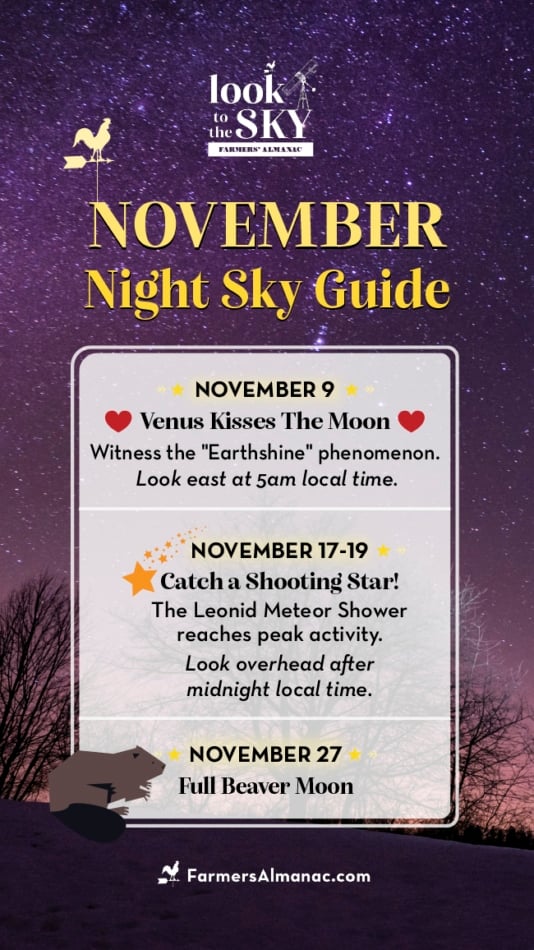
November Night Sky Guide
🔭 November 1-8 – Jupiter
Over the course of the month, Jupiter will be visible nearly all night long. For many people, this will be the best month to catch a glimpse of this giant world. (Jupiter remains near its maximum brilliance (magnitude -2.9 or -2.8), and its disk shrinks barely perceptibly during November by just 3%.)
Jupiter reaches opposition on November 3. (This means it will be appear to be larger and brighter than usual.) However, if you are using a telescope, we recommend viewing Jupiter a few days after this date as viewing times will be more convenient. Look south at approximately 11pm local time.
Where among the constellations does Jupiter shine? In reasonably dark skies, you can see the head of Cetus not far to its lower left for most of the evening. But Jupiter is actually positioned in southern Aries.
November 5 – Last Quarter Moon And “Fall Back”
Change clocks back one hour from Daylight Saving Time. On this date, the hour from one to two o’clock in the morning is repeated, thus making this day 25-hours long. The mnemonic is: “Spring Ahead, Fall Back.”
The last quarter Moon occurs at 3:37 a.m. EST.
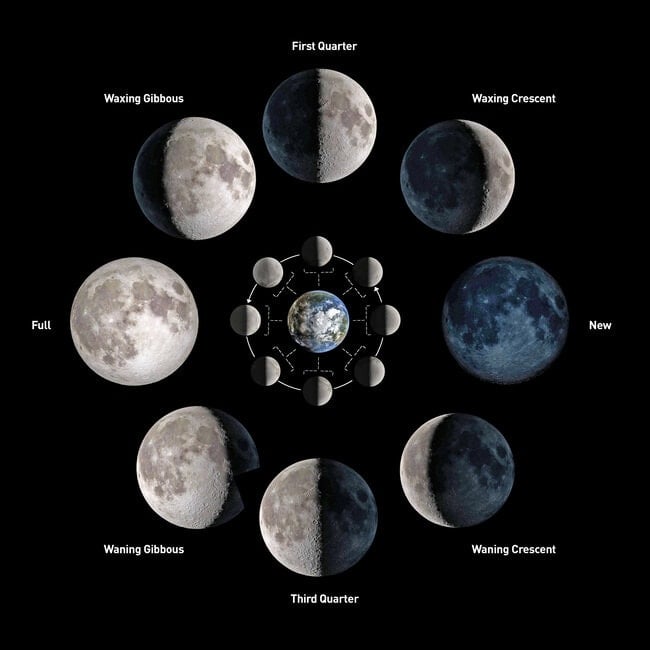
November 6-13 – Taurid Meteor Showers
The Taurid meteors are a weak, long-lasting, spread out shower, visible during the first half of the month in the November night sky. They are slow with a high proportion of fireballs. Late-night viewing will be hampered by light from the waning Moon until about November 9, but rates of 10 meteors per hour can occur anytime until November 13. (In fact 3 or 4 meteors per hour may be seen from late October through the end of November.)
The Taurids are unusual in that many meteors may be seen in the evening as well as in the morning. This is because the shower’s radiant, about 5 degrees south of The Pleiades is fairly high all through the night. The higher a shower’s radiant, the more meteors appear everywhere in the sky. These meteors are debris from periodic comet 2P/Encke. They are the slowest of any major shower’s, encountering Earth at only 17 miles per second. “The Taurid stream is noted for its many brightly colored meteors,” writes Jeff Wood in WGN, the newsletter of the International Meteor Organization. “Although the dominant color is yellow, many orange, green, red and blue fireballs have been recorded.”
⭐🔭 November 9 – Venus Kisses The Moon In The November Night Sky
This is a real head turner, but you got to get up early! Set your alarm clock for 5 a.m. (local time) and head outside to a location with an unobstructed view toward the east-northeast to see the most spectacular pairing of Venus and a slender crescent Moon in 2023. Venus will burn brilliantly less than a degree to the upper right of the Moon. You’ll likely also see the dark of the crescent Moon eerily glowing with a bluish-gray cast, a phenomenon known as Earthshine. Binoculars will enhance the view.
In November Venus remains gloriously high, rising nearly four hours before the Sun as seen from mid-northern latitudes. It’s altitude a half hour before sunrise declines only a little during November for mid-northern viewers (from about 36 to 31 degrees above the eastern horizon). Venus is still magnitude -4.2 at month’s end, when in telescope it displays an obvious gibbous disk.
RELATED: Learn how to measure degrees with your hand!
Binoculars or small telescope will give fine views of Venus passing close to two fairly bright stars in Virgo during the first two weeks of the month. Venus passes about 0.5° from +3.6-magnitude Zavijava (Beta Virginis) on November 6th and blazes less than 0.3° from +3.9 magnitude Zaniah (Eta Virginis) on the morning of November 13th. Venus also passes well to the upper left of 1st-magnitude Spica near month’s end, shining within 5° of it from November 27 to December 1.
November 10-13 – Taurid Meteor Showers
Look overhead from midnight until 3 am. Expect approximately 10 shooting stars per hour. (It may be possible to see 3 or 4 Taurid meteors per hour from late October through the end of November.) Learn more!
November 13 – New Moon
The New Moon occurs at 4:27 a.m. EST.
New Moons are excellent times for stargazing! Do you know why? Find out!
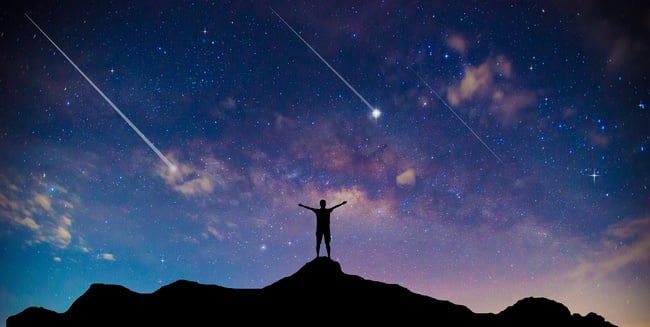
⭐ November 17-19 – Leonid Meteor Shower
The Leonid Meteor Shower is due to peak early in the morning on November 18, when the Moon is a waxing crescent. Look overhead after midnight local time. This year, 10 to 15 meteors per hour are likely under even the best conditions. Leonids tend to be bright and leave persistent trains. They travel in the 33-year orbit of periodic comet 55P/Tempel-Tuttle, which last passed closest to the Sun in 1998 and is expected to return the Sun’s vicinity in 2031.
Mars is in conjunction with the Sun and is unviewable this month.
November 20 – First Quarter Moon, Saturn, And Mercury
The first quarter Moon occurs at 5:50 a.m. EST. Also take note of Saturn sitting to the upper right of the Moon. This planet is located amidst the dim stars of Aquarius and is highest in the south soon after nightfall. On November 4, Saturn halts its retrograde motion and ever so slowly resumes its prograde (eastward) creep with respect to the stars. This is the sure sign that an outer planet is entering the final part of its apparition and will descend into the sunset fires in the coming months.
Telescope users will find that Saturn’s rings are tilted their widest for the year. Their northern surface is canted 10.5° toward Earth, compared to the narrower 7.3° from edge on in June and early July. This is also the month of Saturn’s eastern quadrature (on November 23), where the globe casts its most prominent shadow on the rings from our Earthly viewpoint. The globe of Saturn too is seen lit slightly from the west, so the whole ball-and-rings system takes on its most three-dimensional appearance.
Mercury emerges low in the southwest after sunset beginning tonight as the only bright object very low in the southwest evening twilight. The angle of the ecliptic here is quite shallow for viewers at mid-northern latitudes. So even on December 4, when Mercury reaches greatest elongation from the Sun, it’s still just six degrees above the horizon a half hour after sunset. Mercury shines at around magnitude -0.5 throughout November.
November 21 – Perseus
Almost directly overhead at around 10 p.m. local time is the constellation Perseus, the hero. To some people, it resembles an inverted fleur-de-lis. One branch curves toward Capella (in Gemini), the center points to The Pleiades, and the third ends in two stars, one of which is Algol, the so-called “Demon Star.” Our word “ghoul” comes from the same Arabic word. Some believe Algol is so called because it seems to wink every 68 hours 48 minutes and 56 seconds.
Most of the time Algol’s light appears constant, but for about six hours of the period it varies, becoming a third as bright at its minimum. In reality, Algol is two stars orbiting each other. (One star eclipses the other from our perspective on Earth.) Start watching Algol about 9 p.m. tonight. As the time of minimum approaches, 10:50 p.m., the light fades. By about 1 a.m., it will begin to brighten. Algol has been interpreted as the blinking eye of Medusa’s head, held by the hero Perseus!
November 24 – The Moon And Jupiter
During the overnight hours of Black Friday, watch as a waxing gibbous Moon slowly creeps toward Jupiter in the November night sky.
RELATED: Why Is It Called Black Friday?
⭐ November 27 – Full Beaver Moon
The Beaver Moon reaches peak illumination on November 27, 2023 at 4:16 a.m. EST.
RELATED: Full Moon Rituals
Join The Discussion!
Do you love stargazing?
Do you have any favorite November night sky stars?
Which November night sky event are you looking forward to?
Share with your community here in the comments below!
Related
Monthly Stargazing Guides – Bookmark this page now!

Joe Rao
Joe Rao is an esteemed astronomer who writes for Space.com, Sky & Telescope, and Natural History Magazine. Mr. Rao is a regular contributor to the Farmers' Almanacand serves as an associate lecturer for the Hayden Planetarium in New York City.


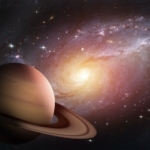

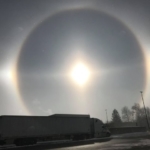
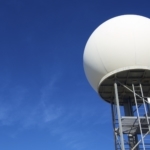
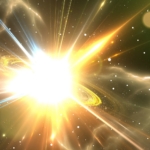


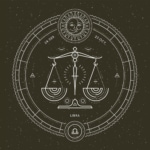
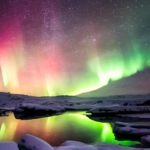
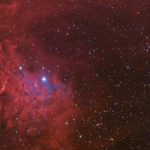
We always said Spring ahead fall behind.
We are not on standard time anymore, we are now on daylight savings time. Does that change the time we need to get up in the morning to see some of this stuff?